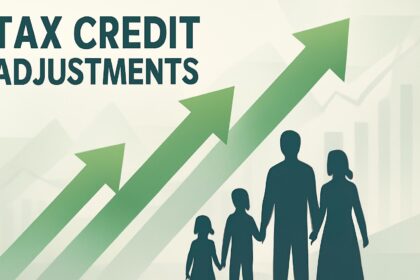Investors Lose Significant Returns Due to Behavioral Pitfalls
To evaluate mutual fund or ETF performance, investors often rely on total return figures, which assume a buy-and-hold strategy with dividends reinvested. However, real-world investor behavior rarely aligns with this assumption, leading to a notable performance gap. According to Morningstar’s 2025 “Mind the Gap” study, over the decade ending December 2024, the average annualized return for U.S. mutual funds and ETFs was 8.2%. Yet, investors earned only 7% annually on average, representing a 1.2 percentage point, or 15%, reduction in realized returns.“Literally, it would be buying high and selling low,” said Jeffrey Ptak, Managing Director of Morningstar Research Services, highlighting the primary cause of the investor return gap.Behavioral Drivers of the Investor Return Gap
Investor underperformance is often linked to emotional responses during market extremes—buying into rallies and panic-selling during downturns. Yet, more mundane timing issues, such as purchasing a fund before a dip or selling before a rally, also contribute significantly. These behaviors result in realized returns that lag behind the funds’ reported performance, emphasizing the challenges investors face in timing the market effectively.Impact of Risk and Volatility on Returns
Morningstar’s analysis reveals that funds with higher volatility produce larger investor return gaps. Investors in the most volatile funds experienced a 2% annualized gap, compared to just 0.4% in the least volatile funds.“More volatile funds are harder for investors to succeed with than less volatile funds,” Ptak explained, underscoring the role of financial psychology in investment decisions. This suggests that while riskier assets may offer higher theoretical returns, investors who cannot endure volatility may forfeit potential gains through premature selling.Strategies to Narrow the Performance Gap
Data supports a buy-and-hold approach as an effective way to minimize the investor return gap. Allocation funds, including target-date funds, exhibited the smallest gap—just 0.1 percentage points—likely due to their long-term, automated investment structure.- Maintain a diversified portfolio to reduce exposure to extreme volatility.
- Automate investments to limit emotional or discretionary trading.
- Focus on long-term horizons, especially for retirement savings.
- Consult financial professionals before making significant portfolio changes.
FinOracleAI — Market View
Morningstar’s findings spotlight a persistent gap between fund-level returns and investor outcomes driven primarily by behavioral biases and market timing errors. This gap underscores the importance of psychological discipline and strategic portfolio management to capture the full potential of mutual funds and ETFs.- Opportunities: Emphasizing low-volatility funds and automated, diversified portfolios can help investors close the performance gap.
- Risks: Emotional trading during market swings and excessive portfolio turnover remain primary risk factors for underperformance.
- Financial advisors and robo-advisors that promote systematic investing and risk management may see increased demand.
- Investor education on behavioral finance could further mitigate the gap over time.
Investors and professionals alike should prioritize disciplined, long-term strategies to bridge the investor return gap.













